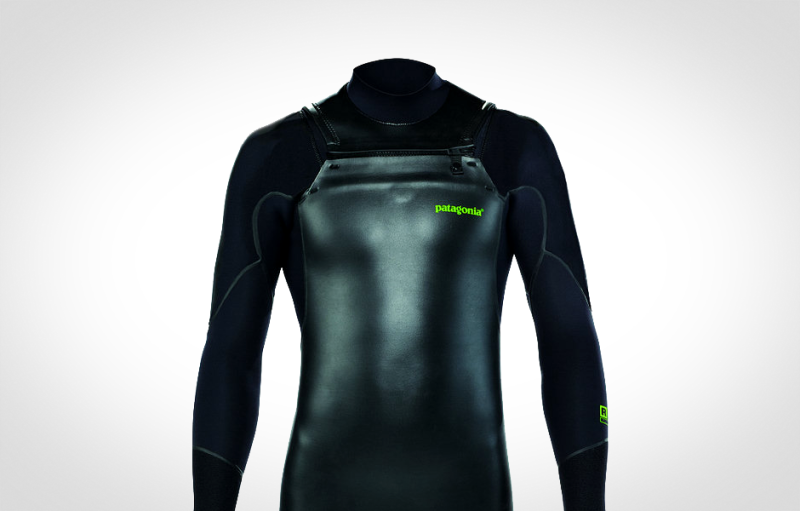
From the beginning, manufacturing neoprene was never a sustainable process. The synthetic rubber — developed by an American chemist in the early ’30s — utilizes a toxic process that combines chlorine with butadiene, rendering the petroleum-based materiel as wasteful to produce as it is difficult. Conventional polychloroprene has become the go-to material when crafting wetsuit insulation given the product’s overall chemical stability and its resounding ability to regulate body temperature in frigid waters. However, Patagonia’s Yulex wetsuit ($529+) looks to maintain the insulating properties of neoprene without its heavy footprint on the environment.

The sleek, jet-black wetsuits are designed for temperatures as low as 48 degrees Fahrenheit, lined with recycled polyester throughout the torso and arms to ensure warmth and movement under the coolest conditions. A windproof Nexkin coating also reduces evaportative cooling, while maintaining durability throughout the suit’s lifetime. Both suits utilize the hypoallergenic and latex-free rubber, with triple-glued seams that are additionally blindstitched and internally tapered on high-stress areas to help prevent breakdown. The interior guayule lining is also more elastic and softer than traditional neoprene, making the choice for a more sustainable future that much more appealing.
Check out the main Patagonia website for a closer look at all of the company’s Yulex wears, or to make a purchase. Also, check one of the company’s many retail locations for other surf offerings.


